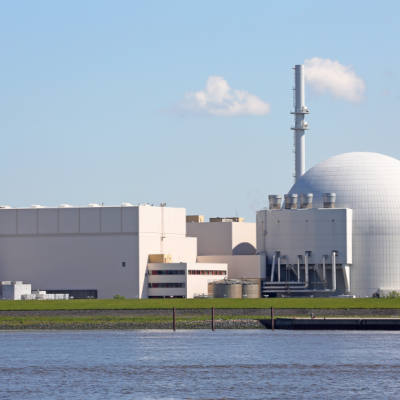China is set to launch the world’s first liquid salt reactor, which has significant advantages over traditional nuclear power plants and is expected to be exported to other countries. As part of its plan to become carbon neutral by 2060, China is expanding its renewable energy sources, including the world’s largest wind farm and a solar park in the Gobi Desert, as well as building new nuclear power plants. The Thorium reactor TMSR-LF1, located in the Gobi Desert, has a capacity of 2 megawatts and will primarily be used for research purposes. The reactor is expected to help develop more powerful liquid salt reactors in the future.
The project began in 2011, and construction started in 2018, with completion taking only three years instead of the anticipated six. The reactor underwent a comprehensive two-year inspection by the relevant authorities, including tests to ensure its safety mechanisms would respond correctly in an uncontrolled situation. Thorium is three times more abundant on Earth than uranium, and China estimates it has enough Thorium reserves to meet the country’s energy needs for 20,000 years. Liquid salt reactors also produce significantly less nuclear waste than traditional reactors, with the Thorium reactor producing about 1,000 times less radioactive waste than a comparable conventional reactor.
China plans to export the Thorium reactors to other countries, particularly those that rely on coal-fired power plants to meet their energy needs. This could create a financial advantage for China and potentially create a dependence on China for maintenance and upkeep. Additionally, China could gain access to the raw materials of these countries through trade deals, which are crucial for its industry. This move could also help China gain potential allies against the United States on a geopolitical level.
In conclusion, China’s launch of the world’s first liquid salt reactor is a significant step towards achieving its goal of becoming carbon neutral by 2060. The Thorium reactor has several advantages over traditional nuclear power plants, including producing less nuclear waste and being more abundant on Earth. China’s plan to export the reactors to other countries could create a financial advantage for China and potentially create a dependence on China for maintenance and upkeep.










